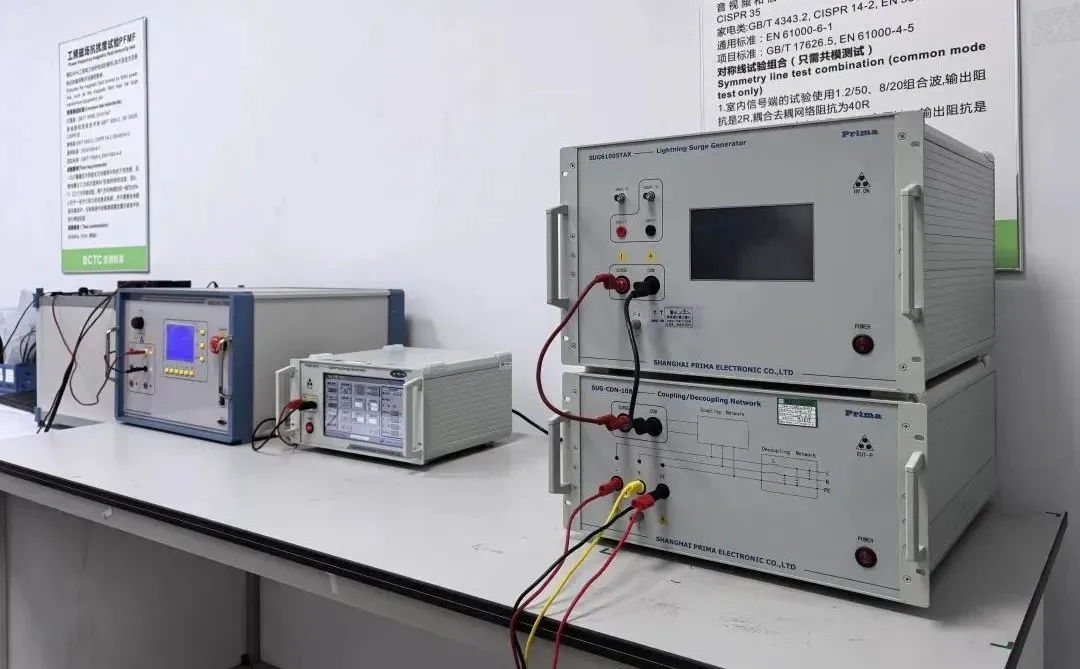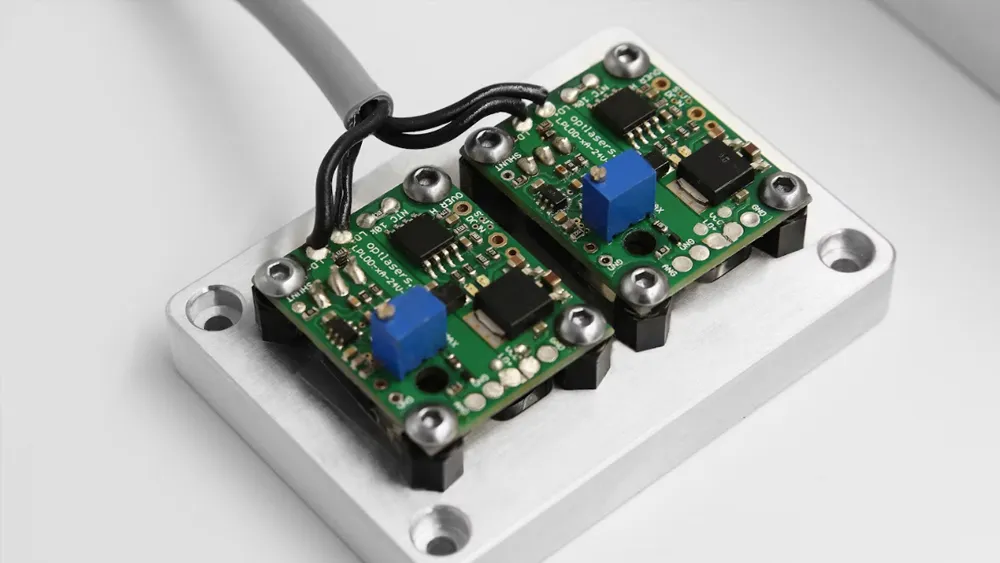
What Is IEC 60068-2-5:2018 Solar Radiation Test?
Electrical and electronic products used outdoors — such as solar panels, automotive electronics, communication base stations, outdoor lighting, and traffic signal equipment — face daily “solar assaULts”: intense sunlight, ultraviolet (UV) radiation, high temperatures, and thermal cycling.
Over time, exposure to these factors can cause materials to age, discolor, crack, lose performance, or even fail.

How can we ensure products remain reliable under the scorching sun?
To address this, the International Electrotechnical Commission (IEC)established the authoritative standard IEC 60068-2-5:2018 – “Environmental testing – Part 2-5: Tests – Test S: Simulated solar radiation at ground level and guidance for solar radiation testing and weathering.”
This article provides an in-depth explanation of the standard — uncovering what the solar radiation testmeasures, how it is conducted, and why it is so critical.
What Is the Solar Radiation Test?
The Solar Radiation Test(also known as the “Sunlight Exposure Test” or “Solar Simulation Test”) simulates the environmental impact of solar radiation — especially UV and infraRED light — on a product exposed outdoors.
It evaluates a product’s weather resistance, aging performance, and material stability.
IEC 60068-2-5:2018serves as the internationally recognized guidance for this test, defining test methods, equipment requirements, exposure conditions, and evaluation criteria.
Core Focus of the Test: What Does It Measure?
The solar radiation test mainly assesses the following effects:
- Material Aging:Whether plastics, rubbers, coatings, or seals show discoloration, chalking, cracking, or embrittlement.
- Optical Property Changes:Reduced transmittance in solar panels or lower reflectivity in reflective materials.
- Mechanical Degradation:Decline in strength, toughness, or adhesion of materials.
- Electrical Effects:UV and heat-induced insulation degradation or circuit failures.
- Thermal Effects:Impact of temperature rise and thermal cycling caused by solar radiation.
Key Requirements of IEC 60068-2-5:2018
The 2018 version replaces the 2006 edition, with major updates to spectral energy distributionand irradiance specifications— making it more representative of actual solar conditions.
1. Spectral Requirements
The test light source should closely match the AM 1.5 solar spectrum(typical sunlight at ground level), especially within the 290–2500 nm wavelength range.
Key wavelength bands:
- Ultraviolet (UV):290–400 nm (causes material aging)
- Visible Light:400–700 nm
- Infrared (IR):700–2500 nm (causes heating)
2. Irradiance
Two typical irradiance levels are recommended:
- 550 W/m²:For mild climate conditions
- 1120 W/m²:Represents peak ground-level solar radiation, for harsh environments (e.g., deserts, high altitudes)
A common test setting is 1120 W/m² ±10%, including:
- UV portion (290–400 nm):≥ 27 W/m²
- Total irradiance:1120 W/m²
3. Test Cycle
- Light Cycle:Continuous illumination or alternating light/dark cycles (e.g., 24 h light, or 12 h light + 12 h dark).
- Temperature Control:Maintain black panel or chamber temperature (e.g., 55°C ±3°C) during exposure to simulate real heat buildup.
- Humidity (Optional):Some tests include humidity control to simulate moist conditions.
4. Test Duration
The test duration depends on product application:
- 168 hours (7 days)
- 500 hours
- 1000 hours or longer
Test Procedure: Four Main Steps
1. Preconditioning
Place samples under standard atmosphere (23°C ±2°C, 50% RH) for at least 4 hours and record their initial state (appearance, performance parameters).
2. Mounting and Exposure
Install samples in a xenon arcor carbon arctest chamber (xenon arc more closely simulates sunlight).
Ensure surfaces face the light source uniformly, with consistent distance and no shading.
3. Test Operation
Start the equipment and set irradiance, temperature, and duration parameters.
Monitor and record data continuously; interim inspections may be conducted.
4. Final Evaluation
After the test, return samples to standard conditions and check for:
- Appearance changes(discoloration, blistering, cracking)
- Dimensional changes
- Functional performance(electrical, mechanical, etc.)
Compare results with initial data to determine compliance.
Why Is This Standard Important?
- Enhances Product Reliability:Identifies design or material weaknesses early to prevent premature outdoor failure.
- Supports Certification Compliance:Referenced in CE, CB, UL, CCC, and other global certifications.
- Reduces After-Sales Risks:Minimizes recalls and repair costs due to material aging.
- Facilitates Global Market Access:Provides a unified benchmark for international product qualification.
In summary, IEC 60068-2-5:2018 is a vital standard ensuring that outdoor electronic and electrical products can withstand the harsh realities of solar exposure — protecting performance, safety, and longevity under the sun.
Email:hello@jjrlab.com
Write your message here and send it to us
 What is Amazon US CPC Certification?
What is Amazon US CPC Certification?
 UK Toy Safety Regulation Standard EN 71-13
UK Toy Safety Regulation Standard EN 71-13
 What is EU UFI Registration?
What is EU UFI Registration?
 EU UFI Registration for E-cigarette E-liquid
EU UFI Registration for E-cigarette E-liquid
 How to get the MSDS Report for Electronic Cigarett
How to get the MSDS Report for Electronic Cigarett
 Prop 65 Warning on Appliances
Prop 65 Warning on Appliances
 Apparel Heavy Metal Testing
Apparel Heavy Metal Testing
 Can You Conduct Lab Tests to UL Standards
Can You Conduct Lab Tests to UL Standards
Leave us a message
24-hour online customer service at any time to respond, so that you worry!




